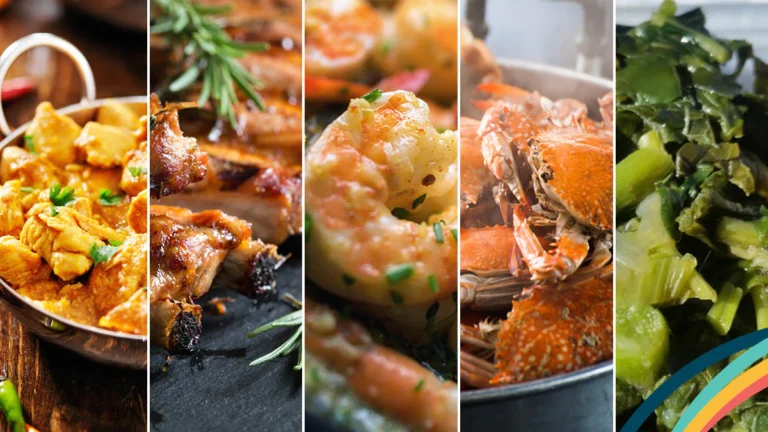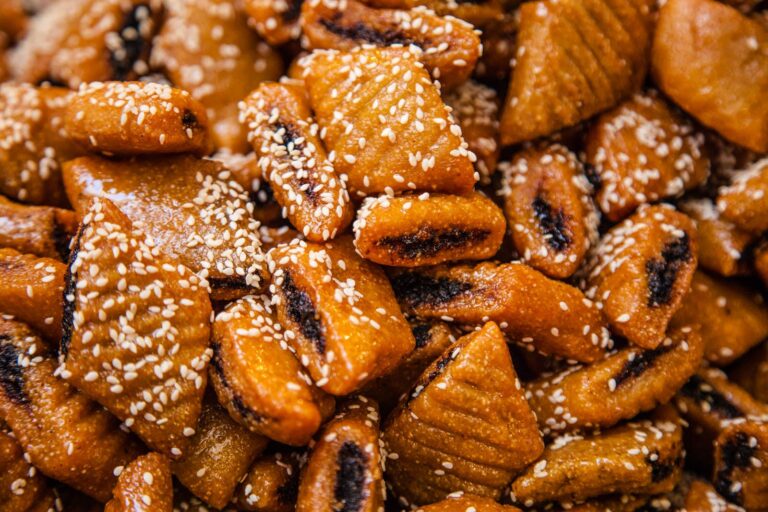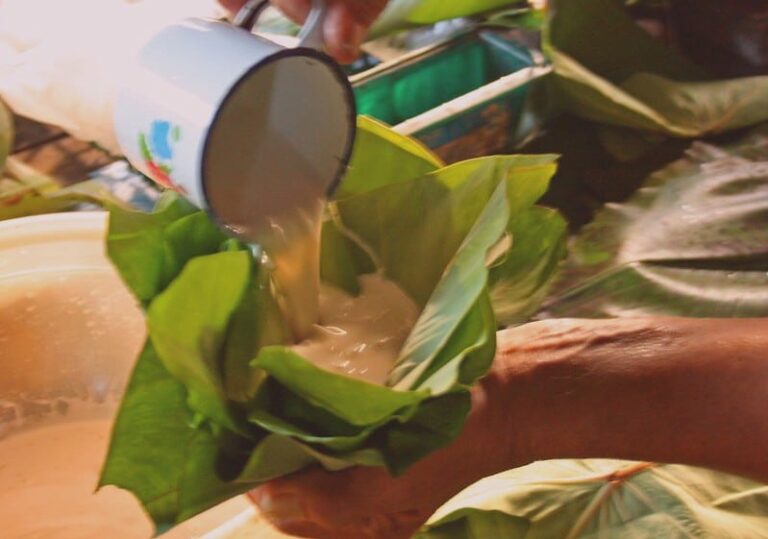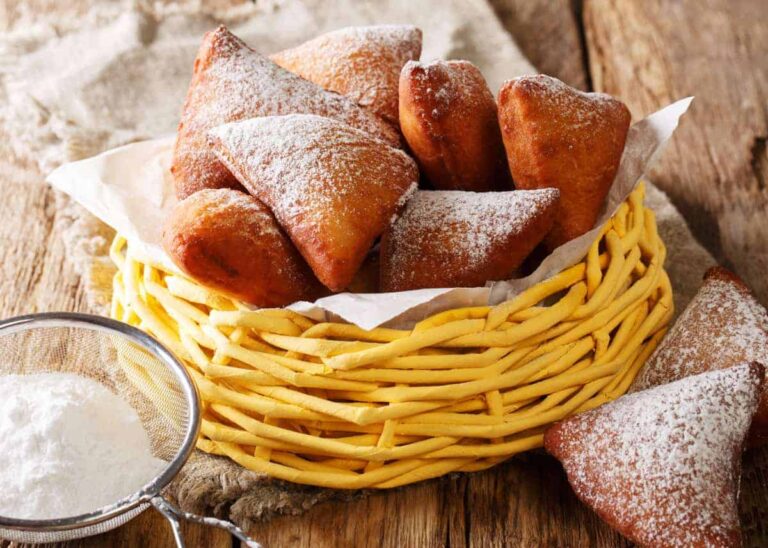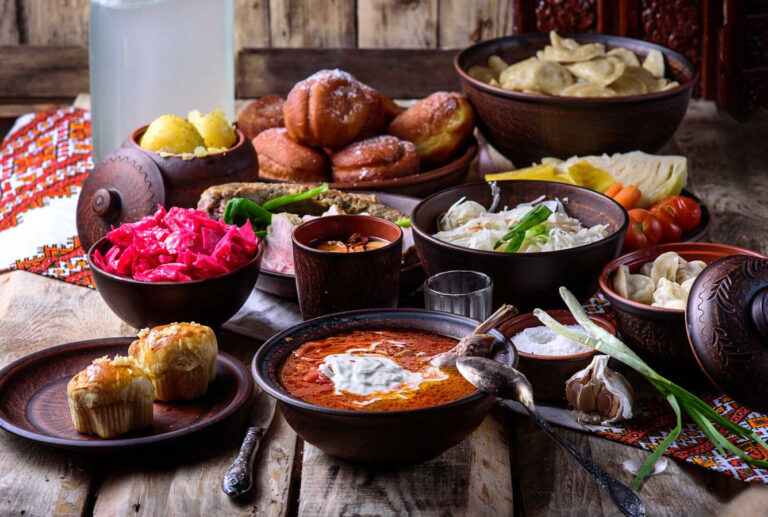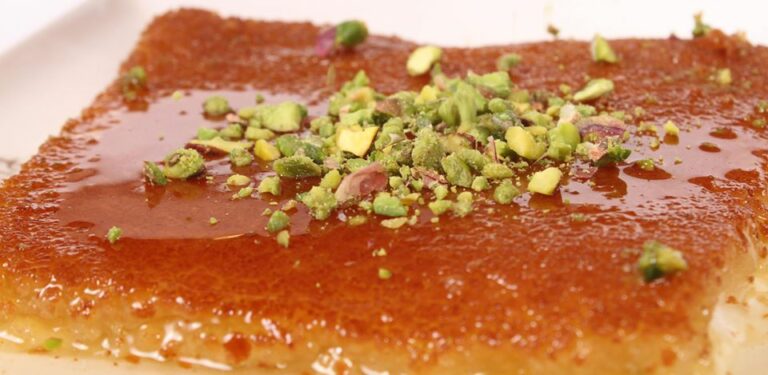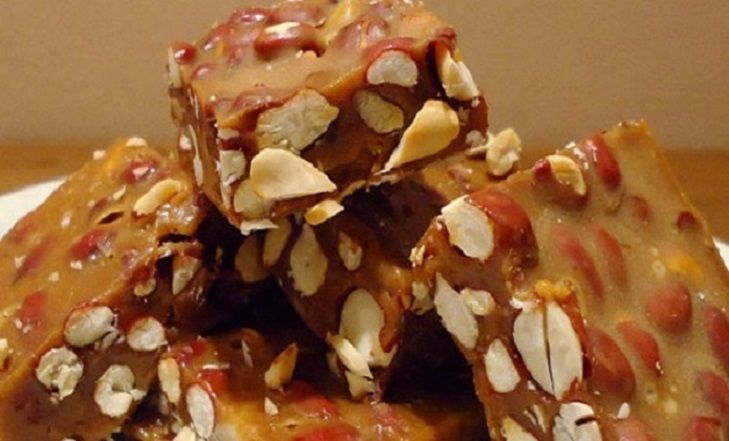Introduction: Trinidadian Cuisine Overview
Trinidad and Tobago is a small island nation in the Caribbean that boasts a rich culinary heritage. The cuisine of Trinidad and Tobago is a fusion of African, Indian, European, and Indigenous influences. This blend of cultures has resulted in a diverse range of dishes that are full of flavor, spice, and unique ingredients. Trinidadian cuisine is known for its bold flavors, vibrant colors, and use of fresh herbs and spices.
Popular Trinidadian Desserts: Sweet Treats to Try
Trinidadian cuisine is not just limited to savory dishes, the nation has an array of sweet treats as well. From guava jam to coconut sweet bread, the Trinidadian palate is full of unique and flavorful desserts that are sure to satisfy any sweet tooth. Here are some popular Trinidadian desserts that you must try:
Guava Jam: A Tart & Sweet Spread
Guava jam is a popular fruit spread in Trinidad and Tobago. It is made from the pulp of ripe guavas, sugar, and sometimes a hint of lime juice. The jam has a tart and sweet flavor that is perfect for spreading on toast or biscuits. Guava jam is also used in Trinidadian desserts like turnovers and tarts.
Kurma: A Deep-Fried Sweet Dough Snack
Kurma is a deep-fried dough snack that is popular in Trinidad and Tobago. It is made from flour, sugar, and spices like cinnamon and nutmeg. The dough is rolled into small balls and fried until crispy. Kurma is often served during religious festivals like Diwali, and it is also a popular snack to enjoy with a cup of tea.
Coconut Sweet Bread: A Delicious Loaf Cake
Coconut sweet bread is a popular dessert in Trinidad and Tobago. It is a loaf cake made with coconut milk, flour, sugar, spices, and sometimes raisins or currants. Coconut sweet bread is often enjoyed as a midday snack or a dessert after a meal. It is also a popular gift during the holiday season.
Black Cake: A Unique Caribbean Christmas Dessert
Black cake is a unique Trinidadian dessert that is often enjoyed during the Christmas season. It is a dense fruitcake made with dried fruits, rum, and spices. The cake is dark in color due to the use of burnt sugar. Black cake is often served with a dollop of whipped cream or a scoop of ice cream. It is the perfect dessert to end a festive meal.
In conclusion, Trinidadian cuisine is full of unique and flavorful desserts that are sure to satisfy any sweet tooth. From guava jam to black cake, the variety of sweets that Trinidad and Tobago has to offer is endless. These desserts are a true reflection of the nation’s diverse culinary heritage and are a must-try for anyone who wants to experience the flavors of the Caribbean.

